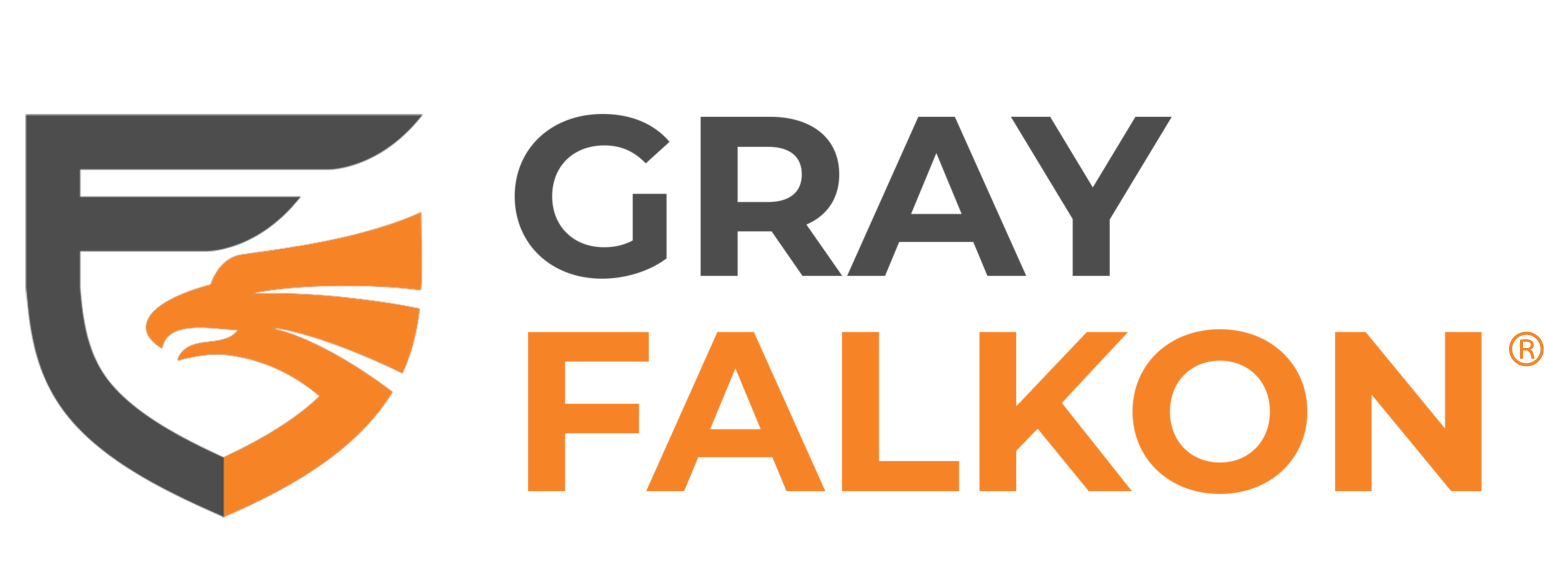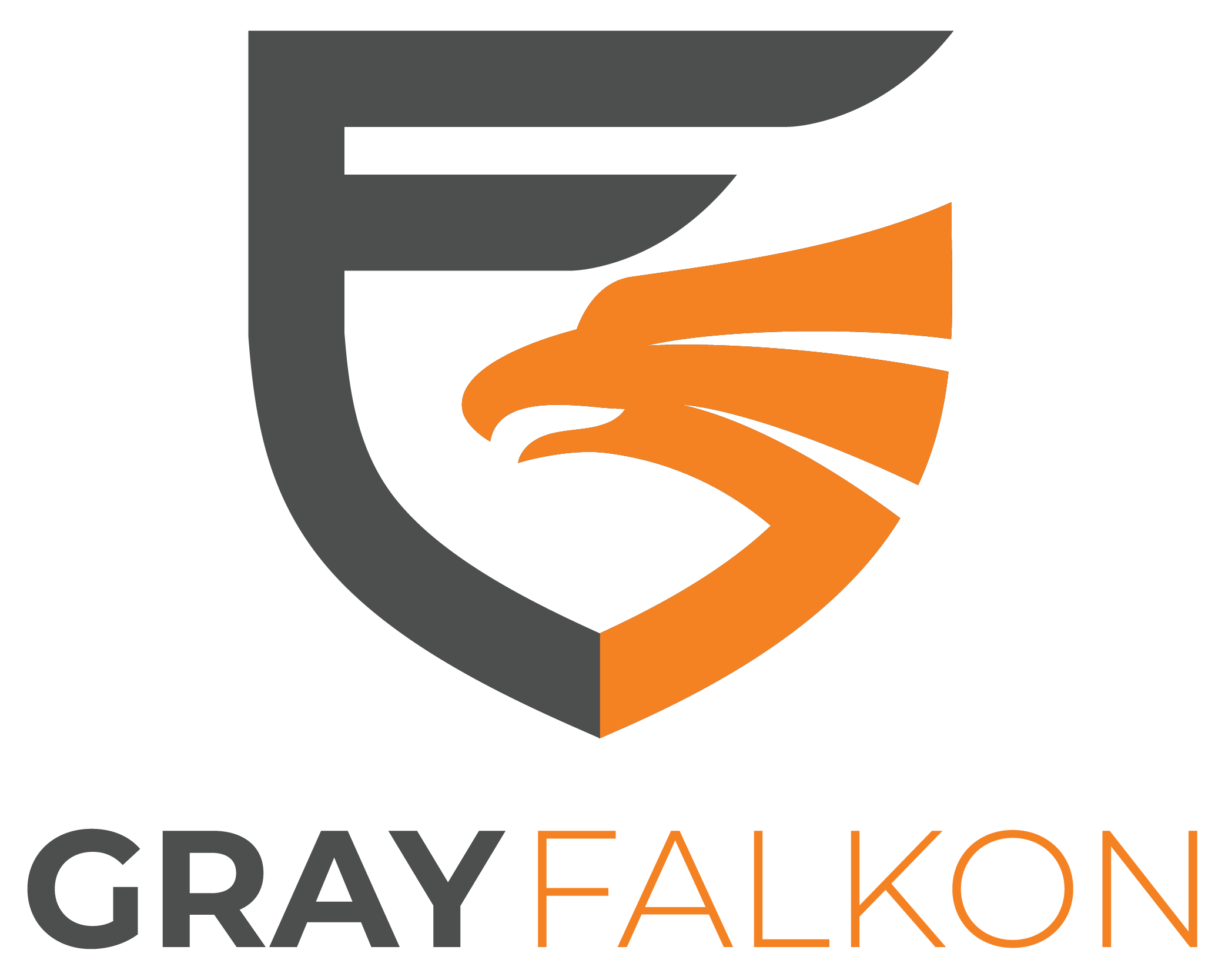
In the rapidly evolving world of eCommerce, competitive pricing is a critical factor that can make or break a brand’s success. With countless products available at the click of a button, consumers are constantly seeking the best deals. As a result, brands and sellers must strategically set and manage their prices to stay competitive, attract customers, and maintain profitability.
Major eCommerce platforms like Amazon and Walmart have become battlegrounds where pricing strategies are constantly changing. These platforms employ sophisticated algorithms to monitor and adjust prices in real-time, creating an environment where competitive pricing is not just advantageous but essential. For brands and authorized sellers, understanding and implementing effective pricing strategies is crucial to surviving and thriving in this competitive landscape.
What is Competitive Pricing?
Competitive pricing is a strategy where a business sets the price of its products or services based on the prices of its competitors. This approach ensures that the business remains competitive in the market, attracting price-sensitive consumers who are always looking for the best deal.
Importance in eCommerce
Competitive pricing is vital for several reasons:
Attracting Customers: Price is often the primary factor influencing purchasing decisions online. Consumers can easily compare prices across multiple platforms, making competitive pricing essential for attracting and retaining customers.
Building Trust and Loyalty: Consistently offering competitive prices can help build trust and loyalty among consumers. When customers know they can get a good deal from a particular brand or seller, they are more likely to return for future purchases.
Staying Relevant: The eCommerce landscape is highly dynamic, with new competitors entering the market regularly. Competitive pricing ensures that a brand remains relevant and can compete effectively against new and existing players.
Maximizing Sales and Profitability: While setting lower prices can attract more customers, it is essential to balance this with profitability. Competitive pricing strategies aim to maximize sales while maintaining healthy profit margins.
Who Sets Prices in eCommerce?
In eCommerce, the authority to set prices can vary depending on the platform, the type of seller, and the specific agreements in place. Understanding who sets prices and the dynamics involved is crucial for both brands and sellers aiming to implement effective pricing strategies.
Role of Brands
Brands often have significant control over the pricing of their products, especially when they sell directly to consumers through their own websites or exclusive online stores. Brands set prices based on various factors, including production costs, market demand, competitor pricing, and overall brand positioning. They aim to balance profitability with competitiveness, ensuring that their prices attract customers while maintaining healthy margins.
Authorized Sellers
Authorized sellers, including retailers and distributors, often operate under specific pricing agreements set by the brand. These agreements can include Minimum Advertised Price (MAP) policies, which establish the lowest price at which a product can be advertised. MAP policies help maintain price consistency across different sales channels, protecting the brand’s perceived value and preventing price wars that can erode profit margins.
Marketplaces like Amazon and Walmart
On major eCommerce platforms like Amazon and Walmart, pricing dynamics can be more complex. These platforms host a mix of direct sales from the platforms themselves, third-party sellers, and brands. Each entity may have varying degrees of control over pricing:
Amazon: On Amazon, prices can be influenced by multiple factors. For products sold directly by Amazon, the platform sets the prices based on its algorithms and competitive analysis. For products sold by third-party sellers, the sellers themselves set the prices, but they must stay competitive to win the Featured Offer (formerly Buy Box), Amazon’s feature that highlights the best offer for a product.
Walmart: Similar to Amazon, Walmart uses dynamic pricing strategies to remain competitive. Walmart sets prices for products it sells directly, while third-party sellers on Walmart’s marketplace set their own prices. However, Walmart encourages competitive pricing and offers price matching to ensure that customers receive the best deals.
Impact of Competitive Pricing on Different Platforms
Competitive pricing is essential for brands and authorized sellers on major eCommerce platforms like Amazon and Walmart. Each platform has its own dynamics and pricing strategies, which significantly impact how brands and sellers set and manage their prices.
Pricing on Amazon
Amazon’s marketplace is highly competitive, with numerous sellers often offering the same products. This environment necessitates effective pricing strategies for brands and authorized sellers:
Featured Offer Competition: Winning the Featured Offer (formerly Buy Box) on Amazon is critical for driving sales. Factors influencing the Featured Offer include competitive prices, seller performance, shipping speed, and customer reviews. Brands and authorized sellers must frequently adjust their prices to remain competitive and increase their chances of securing the Featured Offer, which can lead to a significant boost in visibility and sales.
Dynamic Pricing Tools: To stay competitive, many sellers use dynamic pricing tools that automatically adjust prices based on market conditions. These tools help sellers react quickly to competitor price changes, ensuring their products remain attractively priced. Brands must balance competitive pricing with maintaining healthy profit margins.
MAP Policies: Brands often implement Minimum Advertised Price (MAP) policies to maintain price consistency across different sellers. Enforcing these policies on Amazon can be challenging, but it is crucial for preventing price erosion and protecting brand value.
Pricing on Walmart
Walmart’s eCommerce platform also demands strategic pricing from brands and authorized sellers to attract customers and drive sales:
Everyday Low Prices (EDLP): Walmart’s EDLP strategy focuses on providing consistent low prices rather than relying heavily on promotions. Brands must align their pricing strategies with this approach to remain competitive. This may involve offering competitive pricing without significantly undermining profit margins.
Rollback Pricing and Price Matching: Walmart frequently uses rollback pricing to temporarily reduce prices, attracting cost-conscious consumers. Additionally, Walmart’s price match guarantee ensures customers receive the best possible deal. Brands and authorized sellers need to be aware of these policies and be prepared to adjust their pricing strategies accordingly.
Compliance with Pricing Strategies: Like Amazon, Walmart requires compliance with MAP policies to ensure price consistency. Brands must work closely with authorized sellers to monitor and enforce these policies, preventing unauthorized price reductions that can harm the brand’s reputation and profitability.
How Price Disruptions Influence Pricing Strategies
Price disruptions can pose significant challenges for brands and authorized sellers. These disruptions can stem from various sources, including unauthorized sellers, aggressive pricing strategies, and gray market goods.
Unauthorized Sellers
Unauthorized sellers are one of the primary sources of price disruptions in eCommerce. These sellers often acquire products through unofficial channels and sell them at lower prices, undermining the pricing strategies set by brands and authorized sellers. The presence of unauthorized sellers can lead to several issues:
Price Undercutting: Unauthorized sellers frequently undercut prices to attract customers, which can create a race to the bottom for prices. This practice erodes profit margins for authorized sellers and diminishes the perceived value of the brand.
Inconsistent Customer Experience: Unauthorized sellers may not adhere to the same standards of customer service and product quality as authorized sellers. This inconsistency can lead to negative customer experiences, damaging the brand’s reputation and customer loyalty.
Price Wars
Price wars occur when sellers continuously lower their prices to outdo each other, often leading to unsustainable pricing levels. While price wars can temporarily boost sales, they have several long-term negative effects:
Eroded Profit Margins: Continuous price reductions can significantly erode profit margins, making it difficult for sellers to sustain their business operations. Over time, this can lead to reduced investment in product development, marketing, and customer service.
Brand Dilution: Aggressive discounting can dilute the brand’s perceived value. Customers may begin to associate the brand with lower quality due to the constant discounts, which can harm long-term brand equity.
Gray Market Goods
The gray market involves the sale of genuine products through unauthorized channels. These products are often sourced from different regions where prices are lower and sold in markets where they fetch higher prices. The gray market poses several challenges:
Market Cannibalization: Gray market goods can cannibalize sales from authorized sellers, leading to lost revenue. Authorized sellers who adhere to pricing policies find it difficult to compete with lower-priced gray market goods.
Warranty and Service Issues: Products sold through the gray market may not come with the same warranties and after-sales services as those sold through authorized channels. Customers facing issues with gray market goods may blame the brand, leading to customer dissatisfaction and reputational damage.
Dynamic Market Conditions
eCommerce markets are highly dynamic, with prices fluctuating based on demand, competition, and inventory levels. Brands and authorized sellers must be agile and responsive to these changes to maintain competitive pricing:
Algorithmic Pricing: As mentioned previously, platforms like Amazon and Walmart use algorithmic pricing to adjust prices in real-time. Brands and sellers need to leverage similar technologies to stay competitive and ensure their prices remain attractive to consumers.
Inventory Management: Effective inventory management is crucial for maintaining pricing strategies. Overstocked products may need to be discounted to clear inventory, while stockouts can lead to lost sales and frustrated customers.
Gray Falkon’s Role in Competitive Pricing and Brand Protection
Maintaining competitive pricing while protecting brand integrity in eCommerce is essential for success. Gray Falkon provides robust brand monitoring and protection solutions that help brands and authorized sellers implement effective pricing strategies with fewer disruptions from unauthorized sellers. Here’s how Gray Falkon’s solutions support these efforts:
Comprehensive Monitoring Solutions
Gray Falkon’s AI-powered solution can extend monitoring beyond Amazon and Walmart to other online marketplaces to provide you with a holistic view of your brand’s online presence, enabling enforcement is not just reactive but also strategic. By monitoring multiple platforms, Gray Falkon helps brands maintain pricing consistency by identifying unauthorized sellers quickly.
Effective Marketplace Violation Filing
With the integration of machine learning and AI, Gray Falkon’s solution automates the detection of unauthorized listings and initiates the removal process by creating the necessary arguments and workflows to get marketplaces to take action. As eCommerce marketplaces evolve, our AI learns and adapts new strategies to improve its effectiveness. Gray Falkon’s AI and automation technology deftly maneuvers complicated and ever-changing marketplace ecosystems.
Dedicated Brand Success Strategist
Unique to our Full Deployment plan, brands benefit from a dedicated Brand Success Strategist who works closely with them to ensure their protection strategies and technologies are effectively aligned with their specific needs. This personalized approach ensures that the AI technology is not just a tool, but a part of a coordinated strategy designed to maximize protection and adapt to new challenges as they arise.
By leveraging Gray Falkon’s advanced technology and dedicated support, brands can ensure a robust defense against unauthorized sellers. This comprehensive protection enables brands to focus on competitive pricing strategies, knowing that their brand value and pricing policies are safeguarded against disruptions.
Improve Your Pricing Strategies With Gray Falkon
Competitive pricing is a crucial element in the success of eCommerce brands, especially on major platforms like Amazon and Walmart. Implementing effective pricing strategies helps brands attract customers, maintain profitability, and stay relevant in a highly competitive market.
Schedule a demo today and see how our Full Deployment solution can enhance your brand protection and competitive pricing strategy.



